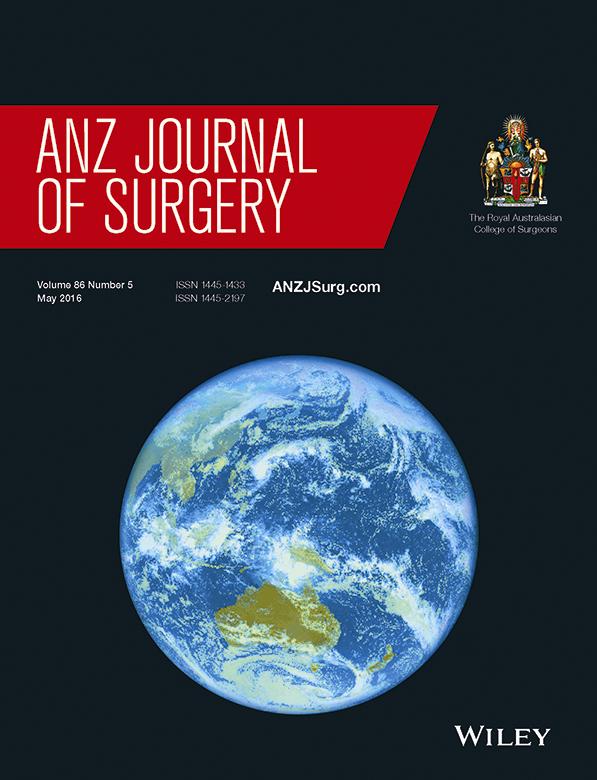How can I reduce the chances of my paper being rejected?
Any surgeon who hopes to have their work published is aware of the disappointment when their paper is rejected, probably most keenly felt by those who have submitted their first paper into which they have put their heart and soul.1 This reaction is emotional in part, yet the process by which papers are rejected should be objective and dispassionate. Although rare, rejection of a paper based on work destined for Nobel recognition is well known.2 Despite its limitations, the peer review process remains the dominant mechanism by which papers are assessed and either accepted or rejected.3 It may help intending authors to have some understanding of the process by which papers are rejected by the ANZ Journal of Surgery, common problems that lead to rejection, and a constructive approach that may help when a paper is returned for revision.
The journal receives over 1300 submissions per year with an overall acceptance rate of 30%. This is determined by the limited page budget so that, because of space restrictions, otherwise acceptable papers may be rejected. The acceptance rate is lower for some sections of the journal, notably Images for Surgeons (28%), Review Articles (19%) and Original Articles (22%). There is also considerable geographic variation, with the rejection rate lower where English is the first language. Although any language barrier is not a major reason for rejection, authors are urged to have their English grammar and style checked before their manuscript is submitted.
- Develop a routine for uninterrupted time to write.
- Appreciate the peer review process which is clearly set out in the ‘Uniform Requirements for Manuscripts Submitted to Biomedical Journals’ published by the International Committee of Medical Journal Editors.4
- Follow the Author Guidelines which should be studied carefully as non-complying articles, particularly in regard to length, will be returned to the authors for correction or rejected.
Melina Kibbe has written a very practical article on How to write a paper outlining a useful template for the author to follow.5 It is helpful to ‘read the literature before writing the literature’ as similar papers give the intending author a feel for article length, use of language and illustrations and perhaps identify an aspect they could reconsider in light of the findings of others. It takes practice to learn to write concisely but this acquired skill will make the paper readable and ease its passage through the review process. Pierson6 has listed 10 reasons why manuscripts are not accepted for publication. Although published in Respiratory Care, his article will help authors appreciate easily avoidable or readily overcome impediments to acceptance. Among the more serious problems discussed are fundamental defects in study design, which although correctable at the inception of a project, often doom the paper once the study has been completed. A particular problem is the author failing to revise and resubmit a manuscript after initial peer review. Kotsis and Chung2 give practical advice for the author dealing with a request to revise their article. After the initial disappointment, it is probably an error for the author to reply immediately. Rather, following careful consideration of the reviewer's comments and discussion with other authors, if the paper is multi-authored, the response should follow the journal's guidelines for revision, addressing each of the reviewer's comments and specifying where in the manuscript the changes were made. The author does not need to agree with all criticisms made of their paper but they should address each issue and explain why they are choosing not to make any suggested changes. A thoughtful response to the review almost always improves the eventual published manuscript. Kotsis and Chung's golden rules for responding to reviewers are to answer completely, answer politely and answer with evidence. As Kibbe has observed,5 writing is often viewed as a difficult task, and frequently left to the last minute out of dislike, lack of confidence or lack of know-how. However, it is an acquired skill and can become a straightforward and pleasurable activity, benefitting both author, readers and advancing the science of surgery.7




